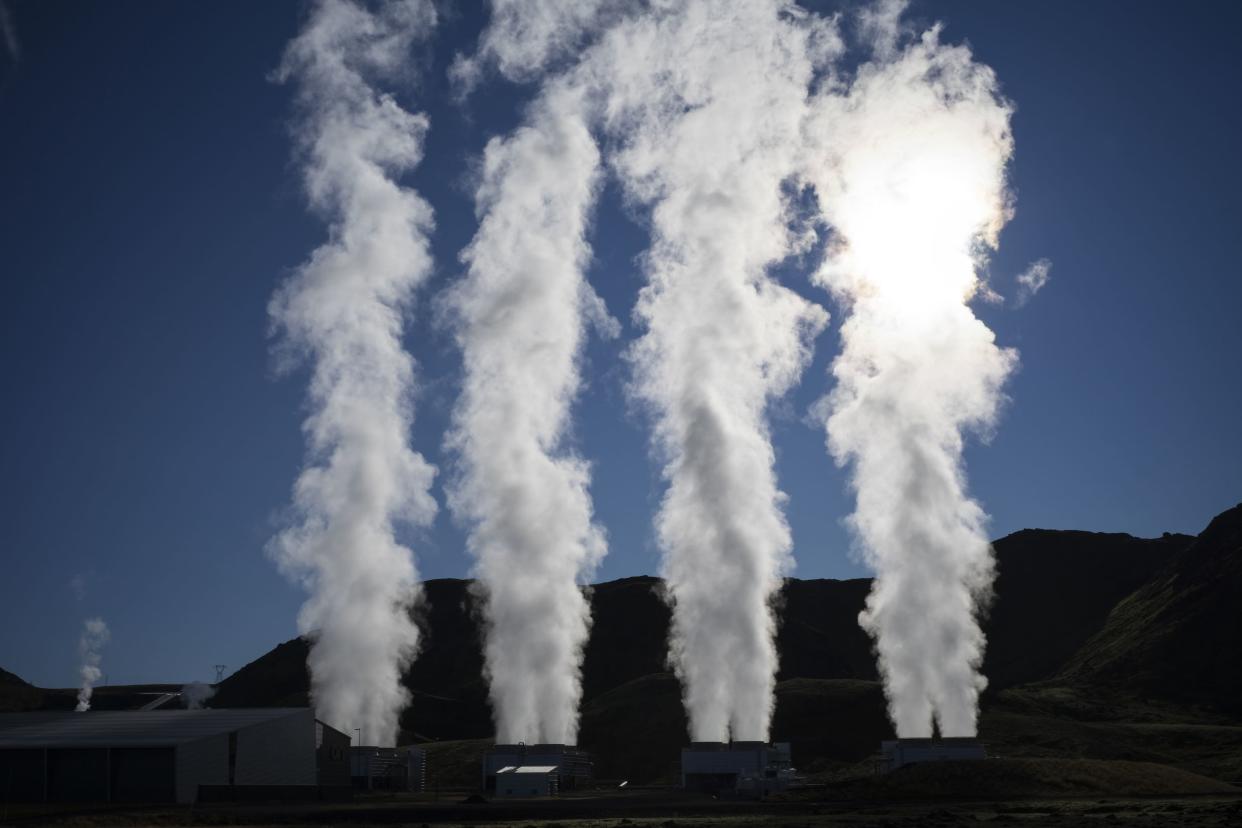Special mud helps XGS Energy get more power out of geothermal wells

Young geothermal energy wells can be like budding prodigies, each brimming with potential to outshine their peers. But like people, most decline with age. In California, for example, the amount of electricity generated by geothermal power plants declined by 15% between 2001 and 2018, partly because existing wells degraded.
“The history of geothermal has been this notion of degradation,” said Josh Prueher, CEO of XGS Energy, a geothermal startup. “This is happening all over the world.”
Many geothermal power plants inject water underground, where it flows through cracks in the rock to absorb the heat generated deep in the Earth. When it’s brought to the surface, it’s used to produce steam to drive turbines and generate power. But as geothermal wells age, the cracks might absorb too much water, or maybe they start to close, cutting the well bore off from some of the hot rock it had previously been in contact with.
Prueher’s company thinks there are a lot of old geothermal wells around the world that can be rehabilitated and a lot of other previously ignored places that could provide heat if only they could tap into it with the right technology. That technology, he said, is basically a specialized mud that fills the cracks around a well with minerals that are really good at conducting heat.
The result is wells that are not only more productive, but also more predictable. “We know within 30 days where we're going to be in 30 years” in terms of power production, Prueher said.
XGS Energy’s technology can work with either existing wells or new ones. New boreholes themselves can be simple, vertical holes that don’t require expensive drilling equipment. Whether old or new, the startup lines each borehole with a metal casing. Between the casing and the rock, it adds a slurry of water and proprietary additives that settle into the cracks around the borehole, at most a few feet away from the casing.
The slurry is a mix of water and minerals suspended by a surfactant, Prueher said. (Surfactants are also known as emulsifiers, and they keep insoluble things suspended in water, like mustard does with oil in salad dressing or soap does with dirt.) When the slurry hits a certain depth (and therefore temperature), the surfactants “break” and release the minerals so they can settle into the cracks. Prueher wouldn’t go into specifics, but according to a patent filing, the conductive components could be a mix of graphite-like materials with some mineral like silica.
XGS Energy only needs one borehole to produce heat, which saves on drilling costs. Other companies might inject water down one hole, allow it to flow through cracks in the rock, and draw it up another hole drilled some distance away. Along the way, those rocks might absorb some of the water, requiring the company to add more. The water that does make it to the surface has probably picked up minerals and some bacteria, which can settle equipment that moves heat from the water to the steam turbine. All of that makes a well more expensive to operate. XGS Energy, on the other hand, never lets its water leave the metal-cased borehole, another cost savings.
Because the water is isolated, XGS Energy can use cheaper equipment to extract heat. It doesn’t have to worry about minerals or bacteria that sit in the surrounding rock. “We can turn the page and access a whole host of very low-cost, high efficiency heat exchangers that historically geothermal has not been able to access,” Prueher said.
XGS Energy is starting construction on a commercial-scale prototype at an existing geothermal field in California in July. To help fund the project, it recently raised an additional $20 million Series A financing led by Valo Ventures and VoLo Earth Ventures, with participation from B Current Impact Investment, MIH Capital and Thin Line Capital, the company exclusively told TechCrunch.
In the near future, XGS Energy is planning to develop a version of its technology that will work in old oil and gas wells. They won't all be suitable, since most drillers try to avoid too much heat, but there are a number of regions in the U.S. where oil and gas wells are hot enough to support geothermal power.
“That is a huge opportunity because you’re very effectively avoiding the plugging and abandonment costs,” Prueher said. “This is a very appropriate technology to re-power those wells.”

